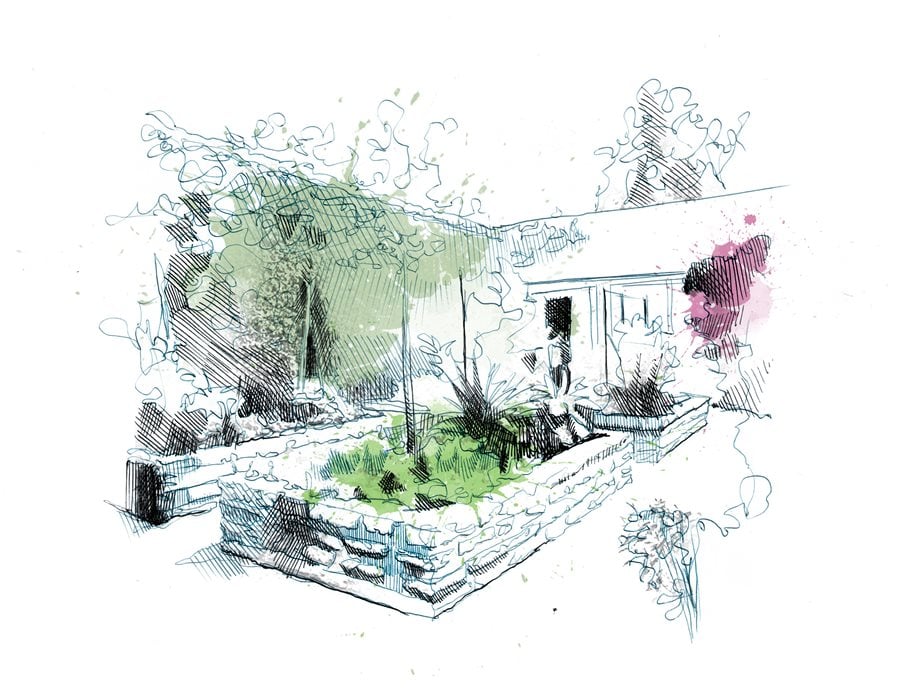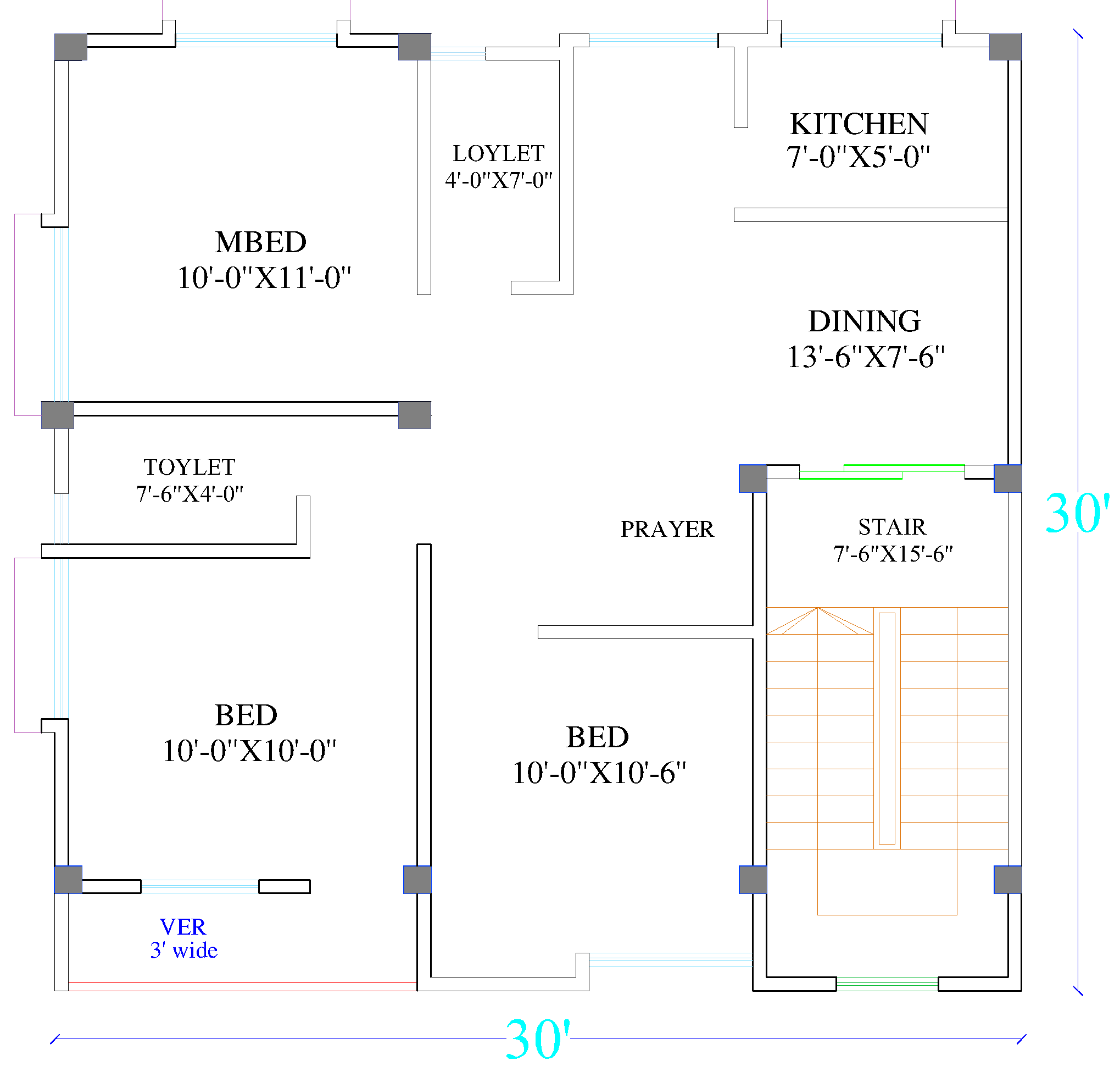
It’s a break in the wall connected by thin parallel lines. There’s one for pocket doors (hidden into the walls) and barn doors (slides over the wall). There are symbols for every kind of door available on the market. There’s a curved line that indicates how the door opens - right, left or both. The symbol for a regular, single-hinged door is a straight line that’s perpendicular to a wall. House plans always have a drawing legend. ) The new walls appear as two parallel lines with no fill or filled with a pattern that tells you the material it’s made of. Existing walls often appear as a chunky line filled with solid black or grey colour. On a renovation, the thickness and weight of the line help you spot an existing wall from a new one. Heavy lines are used in walls that are cut in a section or floor plan, while lightweight lines indicate that the item is distant.

Plans are either vertical or horizontal slice-through of the structure. The weight and thickness of the lines also express the distance of the element in the space. These play a huge part in the house’s structural integrity. These are the first walls to build in the project. Notice that the lines representing the exterior walls are thicker than the interior walls. Deciphering each one is not that as hard as you think. Walls are represented by lines and may be solid, filled with a pattern, or with no fill. The walls are the strongest visual elements in a floor plan. We grouped these so it’s easier for you to understand: Here are the symbols you can find on your house plan. That’s when the symbols and patterns come into the picture. It shows exactly what kind of wall, flooring material, window, door, and opening to build. The breaks in the walls indicate where the doors, windows, and room openings are.īut, planning drawings are highly detailed documents.

Familiarise yourself with symbols and patterns in your house plansīasically, the lines represent the walls of the building and the space in between the lines is the floor. If you wish to know the different types of planning drawings and their purpose, read the first part of the guide here. This is the second part of our Guide to Reading Floor Plans. This way, you will know exactly what you’re getting and paying for. This makes first-time builders and renovators feel perplexed and anxious.įear not! Because in this blog, we’re going to tell you the meaning of the symbols and patterns in your complex planning drawings. The problem? Floor plans have symbols and patterns that are confusing at first glance. Since these illustrate your future home, it’s important that you know how to read them.

These drawings help you visualise the space even before its built. The floor or house plans are at the heart of your construction project.


 0 kommentar(er)
0 kommentar(er)
